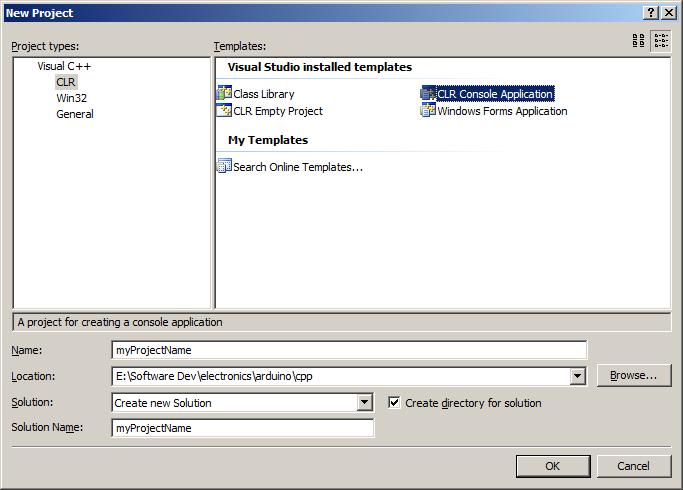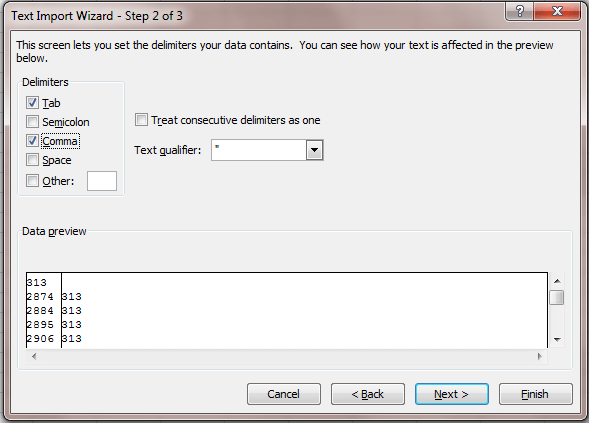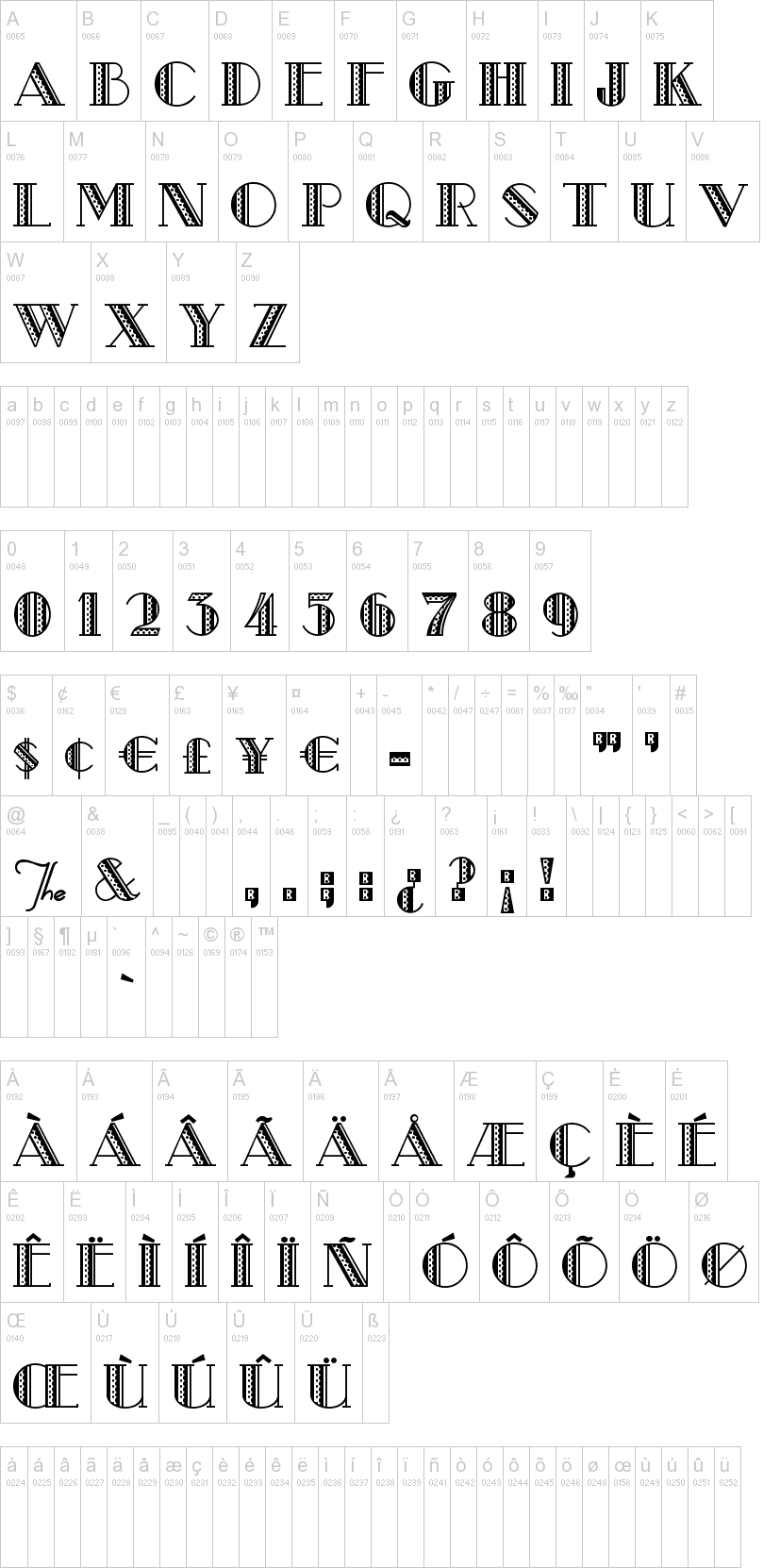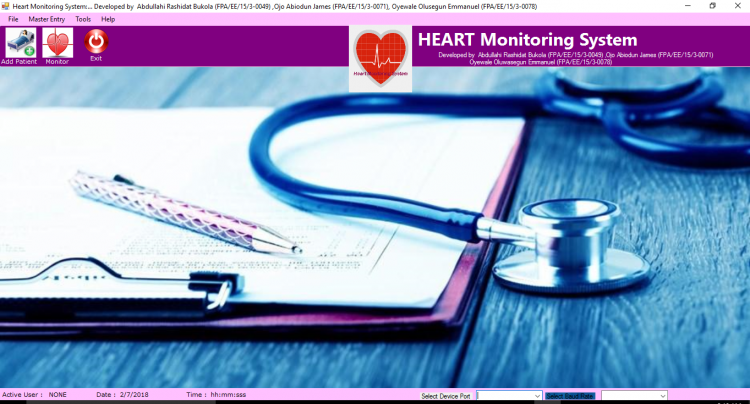

There are lots of built-in commands like average, maximum, and minimum. Youcan also do calculations and comparisons in Excel! To write a formula, click on an empty cell and type an equals sign ("="), then the calculation you want to do.

Now you have a plot of your live data! This makes it much easier to visualize and understand changes in the sensor readings. Settings: Change basic settings for Data Streamer, including the amount of live data and number of data columns.Data Out: Send data and/or commands to the Arduino board using this sheet.Data In: Live data is printed on this sheet.Click Connect a Device to connect Excel to the microcontroller. Open Excel and navigate to the Data Streamer tab. Note: if you use the sample code, be sure to connect your sensor to Arduino Analog Pin A0.ģ. Write your own or use the sample code in the attachments section. Write and flash a sketch that reads in the sensor and prints the value to the Serial Monitor with a new line at the end. Here are some examples: Electroconductivity Sensor, Pressure Sensor, Electromagnetic Sensor.

Use your own sensor or follow one of our tutorials. Connect your sensor to the Arduino microcontroller.

For instructions on how to do this, visit the Data Streamer website. This makes gathering data from sensors accessible, affordable, and user-friendly for a wide variety of applications.ĭata Streamer, free w/ O365, reads values printed to your computer's serial port, which is the same method data is printed to the Arduino IDE Serial Monitor.įor this tutorial, you'll need to have Microsoft Excel O365 with Data Streamer enabled. The Data Streamer add-in allows you to import, view, and analyze live data from external devices like your Arduino microcontroller. The Arduino MKRFOX1200 is able to run with or without the batteries connected and has limited power consumption.Microsoft Excel is a helpful tool to visualize and analyze data. The USB port can be used to supply power (5V) to the board. All these features make this board the preferred choice for the emerging IoT battery-powered projects in a compact form factor. A good 32 bit computational power similar to the Zero board, the usual rich set of I/O interfaces, low power SigFox communication and the ease of use of the Arduino Software (IDE) for code development and programming. Switching from one source to the other is done automatically. The design includes the ability to power the board using two 1.5V AA or AAA batteries or external 5V. It is based on the Atmel SAMD21 and a ATA8520 SigFox module. Arduino MKR Fox 1200 has been designed to offer a practical and cost effective solution for makers seeking to add SigFox connectivity to their projects with minimal previous experience in networking.


 0 kommentar(er)
0 kommentar(er)
